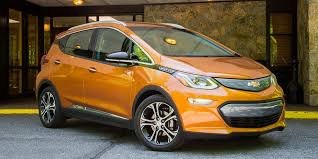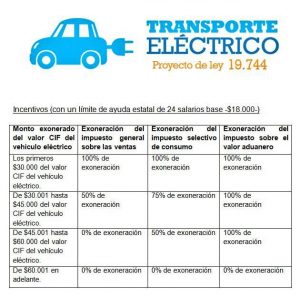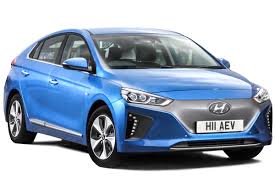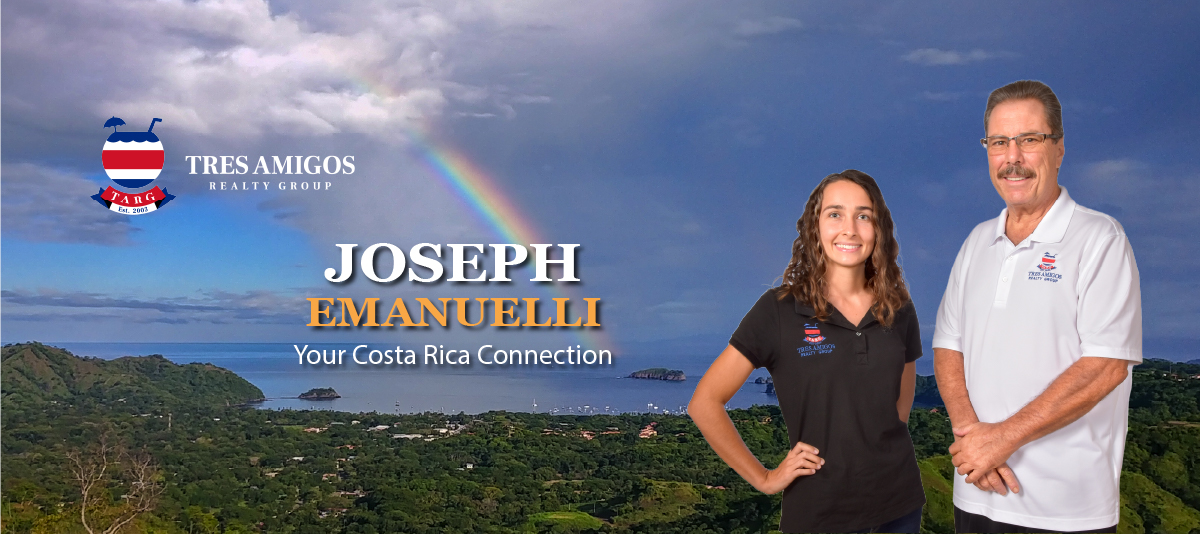There is a strange-colored haze resting over Costa Rica’s Central Valley that didn’t use to be there. It is smog. How can that be in a country that doesn’t burn fossil fuels for energy? It’s from all the cars, trucks and busses. What’s the answer? Electric cars in Costa Rica.

Ninety percent of Costa Rica’s energy comes from renewable sources: water, wind, solar, and geothermal. In fact, this past November we set a record for going 300 consecutive days on 100% renewable energy.

Vehicle ownership has increased to the point that there are twice as many cars registered each year as babies born. Depending on how you look at that it could almost be a good thing. One thing to know is that most of the population of the country lives in the central valley of Costa Rica, often referred to as San Jose.
In 2016 Costa Rica signed the Paris Agreement, agreeing to reduce carbon dioxide emissions. The goal is to be carbon neutral by 2021. Experts report that the country keeps a clean electrical grid, but in the area of transportation, we are still under-performing.
So, the Electric Transportation Bill was approved in December by Costa Rica’s Congress and signed into law in January by President Luis Guillermo Solis. It provides incentives for owning vehicles that operate 100% on electricity. The bill passed with 37 in favor and only one against. The law makes electric vehicles more affordable by granting total exoneration of sales, customs and circulation taxes. Cars with a cost of under $30,000 will benefit from 100% exemption, while vehicles with a higher cost will have their tax rates reduced considerably.

The tax exemption applies to cars up to one year old and will be in effect for the next five years. Replacement parts and assembly systems of electric cars will have a 10-year tax exemption.
Currently, of the 1.4 million cars on the streets, only 300 are 100% electric. By 2035, it is hoped Costa Rica will have 100,000 electrics traveling its roads.
Charging stations are popping up in different parts of the country. According to the Tico Times newspaper, there are currently 20 stations, but ICE expects to install at least 41 more this year. The goal is to have a charging station every 80 kilometers. Keep in mind, however, that 90% of car owners have a carport or garage where they can plug their car in. An average 30-kilowatt sedan can travel 250 kilometers on a single charge. Since Costa Rica is geographically a small country, that range is adequate. Recharging takes 2-4 hours; 3 hours are enough to reach 80% charge capacity. The charge will cost you about $5.25—compared to the $26 it would cost in gasoline.

You can import your own electric car if it is less than a year old. Four car agencies are ready to bring more electric cars into the country: Grupo Q will import the Hyundai Ioniq; Chevrolet will bring in the Bolt; Datsun- Nissan will offer the Nissan Leaf; BMW imports the 13; Grupo Automatriz the Ford Focus.
As is often the case, the biggest barriers to this initiative are price and perception. To that end, in addition to the 100% tax exoneration, electric vehicles will not be subject to vehicular restrictions nor pay parking meters. Special priority spaces called “blue parking” will be designated. But let me tell you, you most likely will never find one available as the concept of special parking for cars is not in the forefront of the average Tico. Perception may be harder to change since electric cars have been considered a luxury item until now. And people—Ticos are no exception–take a long time to learn a new trick. Kind of like driving, it can be an adventure here.

The switch to zero-emission vehicles applies to public transportation also—buses, taxis, and trains. The bus fleet may take time to modernized because the bus company owners sit on the bus regulatory board and are reluctant to make changes unless fiscally advantageous.
Time will tell how much change will actually take place, but the intentions are noble. We would love for that greenish gray cloud to dissipate over San Jose! Until that time, think Guanacaste, still pure and clean and no traffic jams to deal with. Well if you don’t take into consideration the cattle crossing the road.
Interested in finding a property in Costa Rica? Check out our extensive listings here:
Want to keep up with everything that is happening here in Costa Rica? Join my email list!
Need more information about Costa Rica in general? Read our FAQS about Costa Rica page.
Interested in owning a property in Costa Rica, checkout some great options here
Have a comment or a question? Feel free to EMAIL ME
Like the article? Please share!



